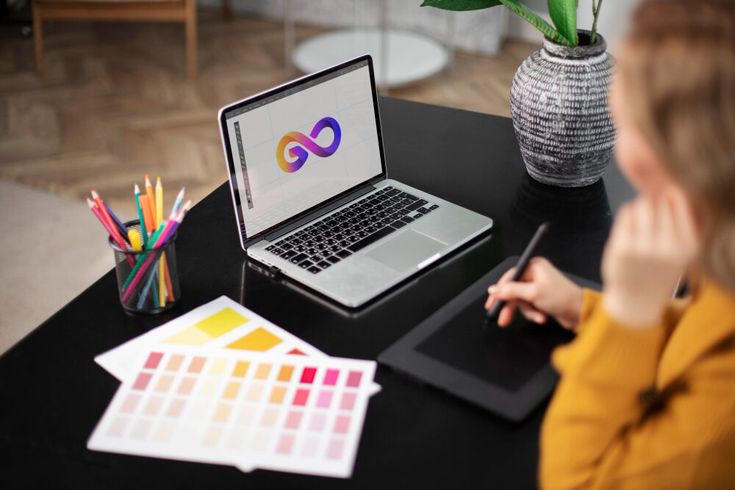A strong visual identity is a cornerstone of successful branding. It goes beyond logos and color schemes, encompassing every visual element that represents your brand and shapes the perception of your audience. Crafting a captivating visual identity requires creativity, consistency, and a deep understanding of your brand’s core values and target audience. Here are the secrets to making an unforgettable impression through your visual identity.
Understanding Your Brand’s Essence
Before diving into design, it’s crucial to understand the essence of your brand. This involves defining your brand’s mission, values, and unique selling points. What makes your brand different from others? What emotions and messages do you want to convey? Having a clear understanding of your brand’s essence provides a foundation for creating a visual identity that truly represents your brand.
Developing a Cohesive Color Palette
Colors play a vital role in visual identity, as they evoke emotions and associations. Choose a cohesive color palette that aligns with your brand’s personality and resonates with your target audience. Warm colors like red and orange can evoke excitement and energy, while cool colors like blue and green can convey calmness and trust. Consistently using your color palette across all branding materials helps reinforce brand recognition and create a unified look.
Designing a Memorable Logo
A logo is often the most recognizable element of a brand’s visual identity. It should be simple, memorable, and versatile. Your logo should encapsulate your brand’s essence and be easily recognizable at various sizes and across different media. Consider working with a professional designer to create a logo that stands the test of time and effectively communicates your brand’s identity.
Choosing the Right Typography
Typography is more than just selecting a font; it’s about choosing typefaces that reflect your brand’s character and enhance readability. Whether you opt for a classic serif font to convey tradition and reliability or a modern sans-serif font for a sleek and contemporary look, your typography should be consistent across all brand materials. Combining different typefaces for headings, subheadings, and body text can create a visually appealing hierarchy and improve the overall aesthetics of your brand.
Incorporating Imagery and Graphics
Imagery and graphics are powerful tools for storytelling and creating an emotional connection with your audience. Use high-quality images and illustrations that align with your brand’s values and resonate with your target audience. Consistent use of imagery style—whether it’s photography, illustration, or iconography—enhances the cohesiveness of your visual identity. Custom graphics and illustrations can add a unique touch and make your brand stand out.
Establishing a Visual Language
A visual language includes all the design elements and principles that create a unified and recognizable look for your brand. This includes patterns, textures, shapes, and layout styles. Establish guidelines for how these elements should be used across different platforms, from your website and social media to print materials and packaging. A consistent visual language ensures that every piece of content reinforces your brand’s identity and makes a lasting impression.
Consistency Across All Touchpoints
Consistency is key to building a strong visual identity. Ensure that all visual elements—colors, typography, logos, and imagery—are used consistently across all brand touchpoints. This includes your website, social media profiles, marketing materials, packaging, and any other place where your brand is represented. Consistent application of your visual identity enhances brand recognition and builds trust with your audience.
Adapting to Different Mediums
While consistency is important, it’s also essential to adapt your visual identity to different mediums. What works for a website may not be suitable for print materials or social media. Adapt your designs to fit the specifications and requirements of each medium while maintaining the core elements of your visual identity. This ensures that your brand looks professional and polished, regardless of where it appears.
Evolving Your Visual Identity
A successful visual identity is not static; it evolves with your brand and audience. Regularly review and update your visual identity to keep it fresh and relevant. This doesn’t mean changing your logo or color palette frequently, but rather refining elements to reflect current trends and audience preferences. Evolving your visual identity ensures that your brand remains contemporary and continues to make a strong impression.
Crafting a captivating visual identity is a blend of art and strategy. By understanding your brand’s essence, developing a cohesive color palette, designing a memorable logo, choosing the right typography, incorporating impactful imagery, establishing a visual language, maintaining consistency, adapting to different mediums, and evolving over time, you can create a visual identity that leaves an unforgettable impression. A well-crafted visual identity not only attracts attention but also builds trust and loyalty, ultimately driving the success of your brand.

